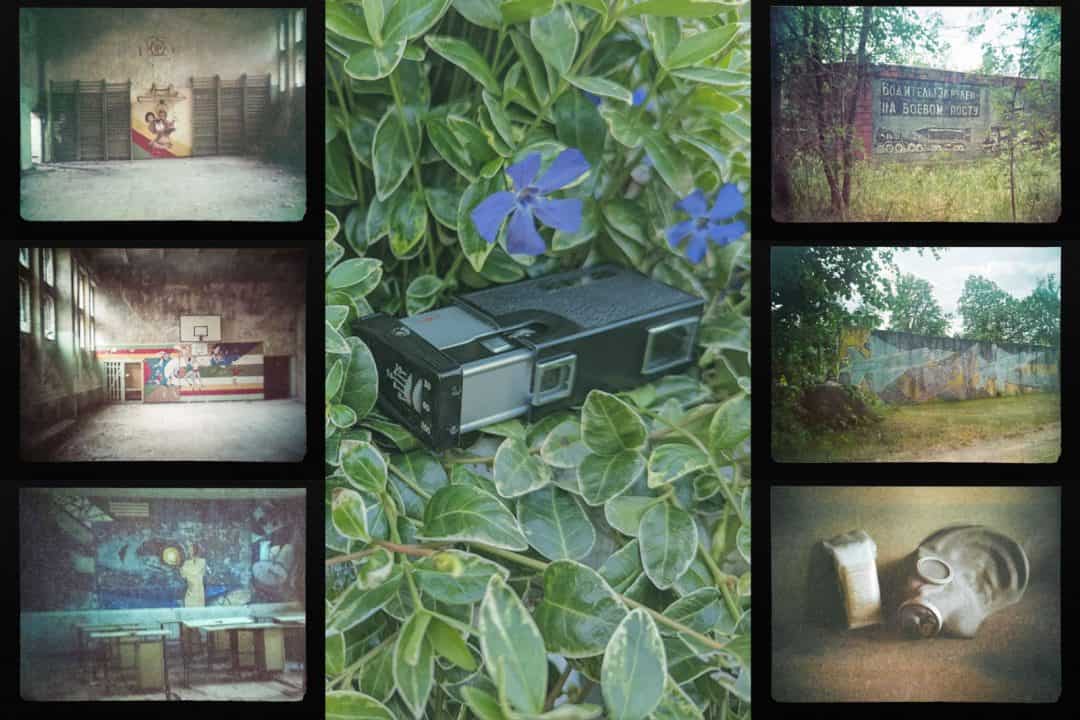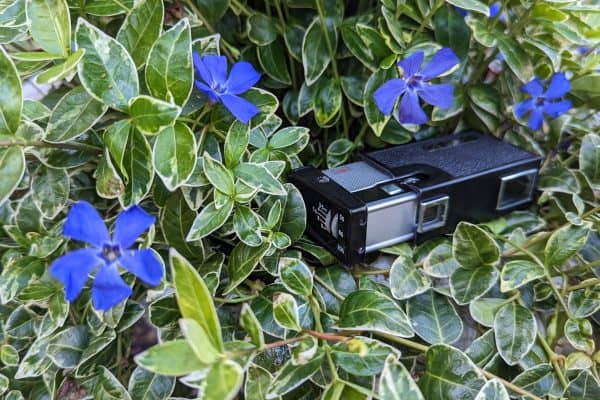Support me on Patreon for early access previews, rewards and giveaways!
Contact Me
Or use the contact form below.
Support me on Patreon for early access previews, rewards and giveaways!
Or use the contact form below.
Earlier this year, I picked up an interesting, if somewhat diminutive, camera: a 1970s/80s Kiev 30. I carried this petite camera around with me, tucked comfortably in my pocket, on my recent trip to Latvia and Lithuania. I made a little collection of some of the locations and items that come from a time when these countries were part of the USSR. Both countries were illegally occupied/annexed in 1940 by the Red Army, becoming Soviet Socialist Republics. Both countries declared themselves sovereign states in 1989. They finally broke free of the USSR entirely, reasserting their independence in 1990.
You can check out my Latvia & Lithuania 2023 – The Back To The Baltics Tour road trip blog if you want to read about my adventures there.
Not interested in reading about cameras and film types? Skip straight to the photos (they are the best part, of course!).

The Kiev 30 (Russian: Киев 30) 16m subminiature camera was manufactured in the Soviet Union in the 1970s to 1980s. Specifically, the Arsenal factory in Kyiv, Ukraine, produced these cameras.

This tiny camera measures 84 x 46 x 27 mm when closed, extending to 108 mm in length when opened. It uses 16mm unperforated film. This film cartridge is identical to that used in the Minolta 16 cameras. The frame size is 13x17mm, around half the size of that from 35mm cameras.
The Kiev 30 has a fixed Industar-M 23mm f/3.5 lens. This focal length is roughly equivalent to 46mm in 35mm photography. A wheel on top of the camera controls focusing. Both this and the shutter button are accessible only when the camera is slid open. The closest focus distance is 50cm. The camera has a built-in shutter with speeds from 1/125 to 1/30, f-stop is adjustable between f/3.5 and f/11.
The popular tales suggest that the Kiev 30 was popular with spies and other covert operatives, including the KGB. Surly it is a small, inconspicuous design that is easy to conceal. The minimum focus distance of 50cm would make this camera perfect for photographing secret documents.
In reality, the USSR’s everyday citizens were probably the ones who were using these cameras. A small and portable camera to slip in a vest pocket, a portable companion for those looking for an alternative to heavier 35mm and medium format offerings.
The Kiev 30 is a simple camera to operate, but wonderfully elegant in its compact design. To take a picture, you pull the camera open. Three things occur during opening: the lens aligns with the window, the shutter mechanism is primed to shoot, and the film counter dial advances by one. After the shutter cocked, a red dot displays in front of the lens, indicating that the camera is ready to shoot.
Now you can set your shutter speed and aperture, and compose your shot through the uncoupled eyepiece. The shutter makes a fairly quiet, and unique noise as it fires. Closing the camera advances the film to the next frame.


Given the colourful nature of many of the Soviet mosaics, I decided to bring colour film with me on this trip. I would also need higher ISO film due to the camera’s lack of bulb mode and the mostly indoor nature of my planned photo shoots. However, the small frame size of this camera means that the size of the film grain will appear relatively larger compared to the same shot on 35mm. I felt ISO 400 would be a good fit. Kodak Portra 400 matched my requirements nicely!
The muted colours of Kodak Portra, along with the grain of the 400 ISO, give these photos a very vintage feel.
Here they are, 20 photos Soviet-era relics and ruins (plus one lovely church, which is much older) from my adventures in the Baltics.
What photograph caught your eye the most? How did this location make you feel? Do you have a question? Let me know by leaving a comment!
I add new content every week, ranging from exciting new locations to blog articles about my road trips. My beautiful newsletter will bring my photographic adventures direct to your inbox!
Your email address will not be shared, or publically displayed. I will only use your data to send you the newsletter, as outlined in the Privacy Policy. You can unsubscribe at any time, via the opt-out link included in every email.
1 - Please do not ask for location addresses, see FAQ.
2 - Your email address will not be shared, or publically displayed. I will only use your data to reply to your message, as outlined in the Privacy Policy
Great article,Very helpful and well-written. Thanks
Thanks so much Rose, my pleasure 🙂
Tutorial about how and where to wedge the paper clip?
Did you try to use the entire lenght of a strip of film cut from a 120 film at once? What will happen?
For the paperclip: it is likely this is just a quirk of my individual camera, just a jerry-rigged solution that is working for me so far 🙂
For the length of the filmstrip, I used half of a 120 length. Given the small size of the cartridge, I think trying to stuff a full 120 length in isn’t the best option. Of course, feel free to try 😉